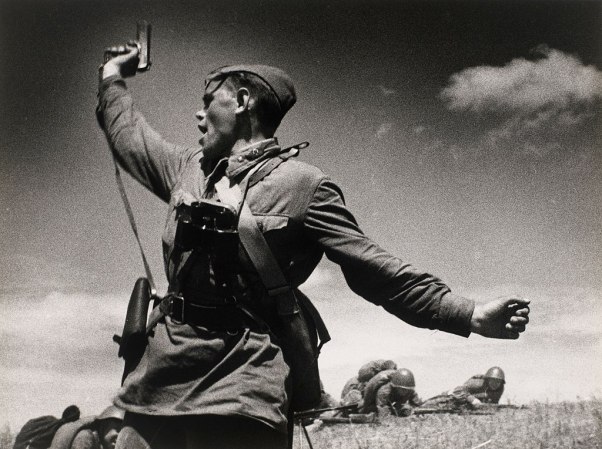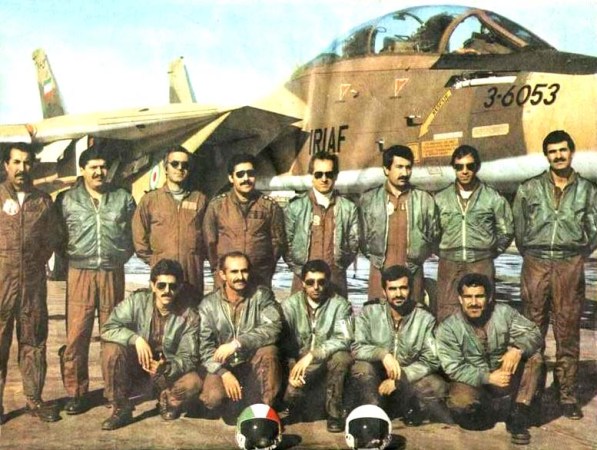Sometime in the late 1950s, a top officer and mole inside the Soviet Union’s military intelligence agency found himself disgusted with the way the leadership of the USSR conducted themselves. The Soviet Union wasn’t a worker’s paradise. It was a corrupt and gluttonous group of murderers and thieves.
When the leadership of the USSR denied the officer’s request to send his eldest son to the United States for medical care, the boy died of his illness. That was the last straw for Dmitri Polyakov. He was going to feed intelligence to the Soviet Union’s chief rival, the United States.
Dmitri Polyakov was a decorated veteran of World War II and joined the Soviet GRU, the military foreign intelligence agency, not long after the war’s end. His first assignment came in 1951, as part of the Soviet delegation to the United Nations in New York City. Polyakov had no idea that in just 10 years, he would one day be “the jewel in the crown” of American intelligence.
After the death of his son, Polyakov approached an American diplomat at a public event and hinted that his services were available to the Americans. For the nearly 30 years to follow, Polyakov would provide the Americans a trove of Soviet information that would open China to the West, root out moles in the CIA, and change the course of the Gulf War, just to name a few events.

No matter where the GRU operative was posted, he was sure to provide information to the Americans through the same spycraft he used in his daily life. He used technology now famously associated with Cold War-era spies but seemed like science fiction back then. These are things like self-immolating microfilm, burst radio transmissions and all kinds of devices used to store and send documents and other information.
Polyakov knew the risks of working with the Americans. If he were discovered it would mean torture and death, along with burial in an unmarked grave. In the mind of the old GRU spy, however, it was necessary to save his country. He wanted to keep the Cold War cold and keep millions of Russians from dying needlessly.
Without his help, Polyakov thought, the USSR would win the Cold War, and that was the last thing he wanted.
The idea of leaving Russia for the United States was abhorrent to him and he wouldn’t even accept cash payments. Instead, he was happy to accept gifts for his work, things related to his favorite hobbies: hunting and carpentry. And the CIA was happy to oblige.

In the 1960s, he gave the U.S. everything Russian intelligence had on the Chinese and North Vietnamese armed forces – particularly important to a country ready to go to war in Vietnam. Later, while stationed in Moscow, he gave the U.S. information about the growing rift between Moscow and Beijing, information used by President Nixon to divide the two communist countries. The amount of technical and strategic information he delivered was “breathtaking.”
He also gave technical information about anti-tank missiles built by the USSR that the U.S. would use against Iraq in the 1991 Gulf War. Polyakov’s information rooted out moles in western intelligence. Sadly, those moles would give Polyakov up to the KGB before he could reveal them.
The CIA and FBI now know that Polyakov’s identity was revealed by infamous KGB spies Robert Hanssen and Aldrich Ames. No one knows exactly what happened to Polyakov after the KGB learned his identity, but the likelihood is that he was tortured and executed.


























